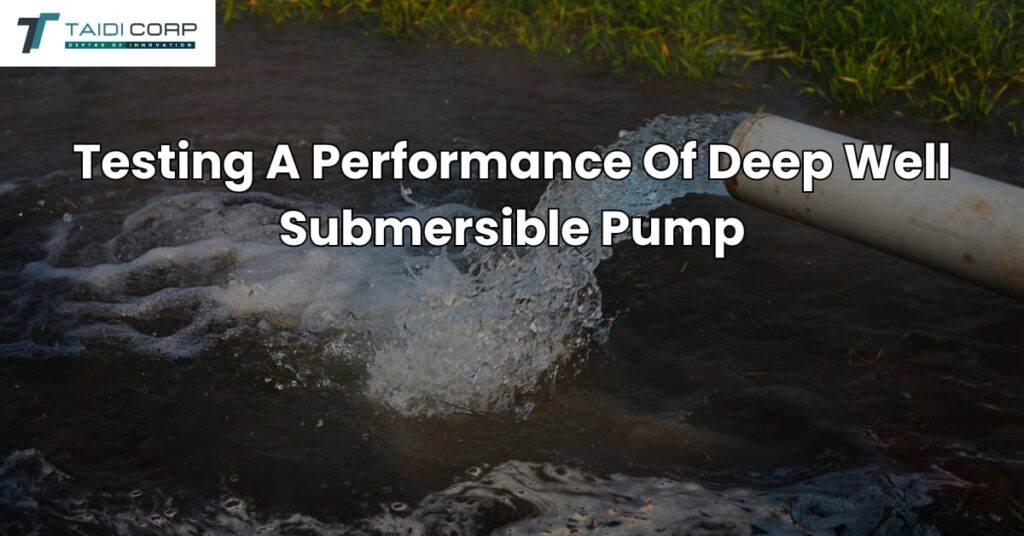
Deep well submersible pumps are pivotal in managing water supply for a variety of users including farmers, homeowners, restaurants, and technical water pump applications. Their functionality and efficiency are crucial, not just for daily operations but for long-term water management strategies. This listicle delves critically into the nuances of testing these machines, ensuring that every stakeholder can optimize their investment.
1. Understanding the Basics of Submersible Pump Technology
Before diving into performance testing, it’s essential to grasp the fundamentals of submersible pump technology. Deep well submersible pumps, including the motor and impeller, are designed to provide a seamless water supply from deep sources. For an in-depth look at these components, visit Understanding Technical Specifications of Deep Well Submersible Pumps.
2. The Importance of Regular Performance Checks
Regular testing of your deep well submersible pump ensures it operates at peak efficiency. Performance checks can identify potential issues before they become major problems, thereby extending the lifespan of the pump. Learn more about expert maintenance tips at Maximizing the Performance of Deep Well Submersible Pumps.
3. Step-by-Step Guide to Testing Your Pump
Testing a submersible pump involves several steps from checking the electrical integrity of the submersible pump cable to assessing the operational capacity of the pump itself. A detailed guide can be found at How to Install Deep Well Submersible Pumps.
4. Interpreting Test Results and Next Steps
Understanding the data from your tests can be the difference between optimal water usage and a hefty energy bill. Interpreting these results correctly guides necessary adjustments or replacements. For further reading, see Optimizing the Performance of Your Deep Well Submersible Pump.
5. The Role of Submersible Pumps in Sustainable Agriculture
For farmers, the pump’s performance directly impacts irrigation and crop yield. Submersible pumps must be reliable and efficient to support sustainable agricultural practices. Explore this further at Deep Well Submersible Pumps and Sustainable Agriculture.
6. Choosing the Right Pump for Your Needs
Selecting the correct pump model and size is critical for efficiency and cost-effectiveness. This selection process should be based on detailed understanding of your specific water needs and geological conditions. A comprehensive guide to making this choice is available at Choosing the Right Deep Well Pump.
7. Advanced Troubleshooting for Common Issues
Even with rigorous testing, issues can arise. Understanding how to troubleshoot common problems with submersible pumps can save time and money. Detailed troubleshooting techniques can be found in the guide A Detailed Guide to Pump Components.
8. Maximizing Water Quality and Efficiency
The final goal of any submersible pump system is to ensure a reliable supply of quality water. Optimizing your system not only supports sustainability but also enhances the overall efficiency of your water usage. Read more on best practices at Essential Tips and Best Practices for Optimizing Water Usage.
This critical exploration into the testing of deep well submersible pumps underscores the necessity of understanding, maintaining, and efficiently using these complex systems. For stakeholders from various sectors, the integrity of these pumps is not just about mechanical performance but about securing a sustainable and reliable water future.
